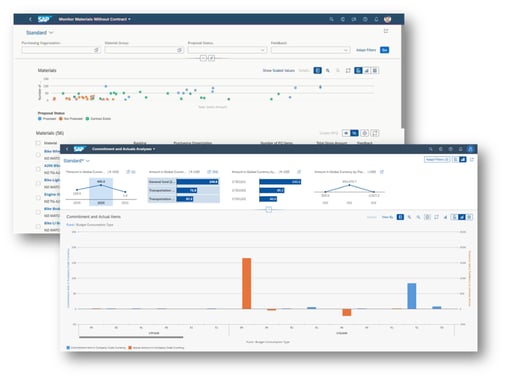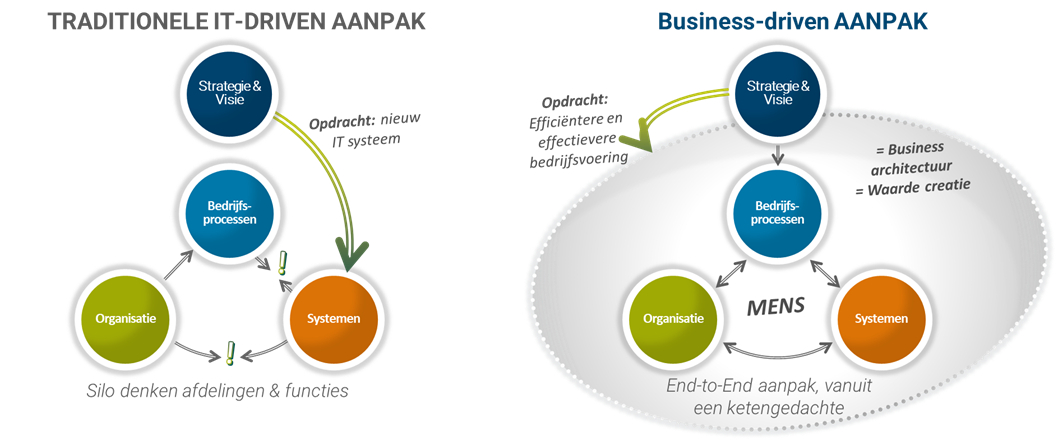What is the Key to a Successful SAP S/4HANA Implementation?
Last edited on Jul, 01 2025 10:53:04 AM
Reading time: 3 minutes
Written by Patrick Beks
Table of contents

Migrating to SAP S/4HANA is a major milestone for any organisation. It’s a critical step toward building a more agile, intelligent enterprise. But with high expectations come high risks—many companies still fall into common traps that delay go-live, inflate budgets, or leave value untapped. So, what separates success from struggle? The answer lies in a structured, business-aligned approach that avoids implementation pitfalls from day one.
What is SAP S/4HANA Implementation—and Why Is It Challenging?
SAP S/4HANA implementation refers to the process of migrating to or deploying SAP’s next-generation ERP system, designed to run on SAP’s high-performance HANA database. It brings real-time analytics, streamlined processes, and the scalability required for digital business.
However, due to its scale, customisation options, and cross-functional impact, the implementation process can be complex. Errors in planning, data migration, system design, or change management can cost businesses time, money, and trust.

Figure 1. An example of how transactional data is directly available in analytical views
Who benefits from a well-executed SAP S/4HANA project?
A successful S/4HANA rollout benefits the entire enterprise. It empowers:
- Finance teams with real-time reporting and faster closing
- Operations managers with integrated supply chain visibility
- Production planners with predictive analytics and MRP live
- Executives with one version of the truth across departments
From discrete manufacturing to professional services, companies of all sizes gain when implementation is done right. Emixa’s clients especially benefit from pre-configured frameworks and deep industry knowledge that reduce complexity.
When is the best time to start planning your SAP S/4HANA journey?
The earlier the better—especially with SAP ECC support ending in 2027. Whether you’re upgrading from ECC or starting from scratch, you should act now if:
- Your current system lacks flexibility or cloud-readiness
- You want better process integration between finance, logistics, and manufacturing
- You’re expanding globally or adopting new digital tools
- Your data architecture needs modernisation
Planning early also allows time to build a future-proof strategy that avoids rushed decisions.
Where do most SAP S/4HANA implementations go wrong?
Based on Emixa’s experience, the most common pitfalls include:
- Overcustomisation: Trying to replicate outdated processes instead of adopting best practices
- Underestimating data migration: Dirty or inconsistent legacy data derails testing and reporting
- Lack of internal alignment: Business and IT teams not working together from the start
- Neglecting change management: Users are not trained or onboarded effectively
- Skipping the value case: Focusing only on go-live, not long-term ROI
Emixa mitigates these risks with structured discovery phases, fit-gap analysis, and agile delivery sprints.
Why choose a structured, industry-specific approach?
Every business is unique—but your core ERP doesn’t need to be built from scratch. Emixa’s approach combines SAP best practices with pre-configured templates tailored for your industry.
Advantages include:
- Faster time-to-value with standardised processes
- Reduced implementation risk with proven frameworks
- Easier stakeholder alignment with clear outcomes and visuals
- Scalable architecture that adapts to future business growth
- Full integration with PLM, MES, and other platforms

Figure 2. From IT-driven to business-driven.
What does a successful SAP S/4HANA implementation look like?
Success means more than just “going live.” It means:
- Clear visibility and traceability across operations
- Confident, real-time decision-making from leadership
- Empowered users who trust the system
- Agile infrastructure ready for AI, automation, and analytics
- Measurable business value delivered on time and within budget
Emixa clients achieve this through a focus on people, process, and technology—underpinned by continuous support after go-live.
Conclusion
An SAP S/4HANA implementation can set your business up for long-term digital success—or stall your transformation before it begins. The difference lies in avoiding common mistakes, aligning IT with business needs, and following a structured, value-focused approach.
With Emixa’s industry-specific knowledge, agile methodology, and best-in-class tools, you can turn SAP S/4HANA into a powerful engine for innovation, growth, and resilience.
Last edited on Jul, 01 2025 10:53:04 AM
Reading time: 3 minutes
Written by Patrick Beks
Also see..
OverviewEmixa & Croonwolter&dros Celebrate SAP S/4HANA Implementation Success
Emixa, a leading provider of digital transformation solutions, has successfully completed a...
Read more ⟶What is Emixa PreFab for SAP S/4HANA and Why Does It Future-Proof Manufacturing?
Manufacturers worldwide are under pressure to innovate, standardise, and scale quickly in an...
Read more ⟶How to Streamline Your SAP S/4HANA Migration with SAP Signavio
Migrating to SAP S/4HANA is a significant undertaking that offers numerous benefits, including...
Read more ⟶

